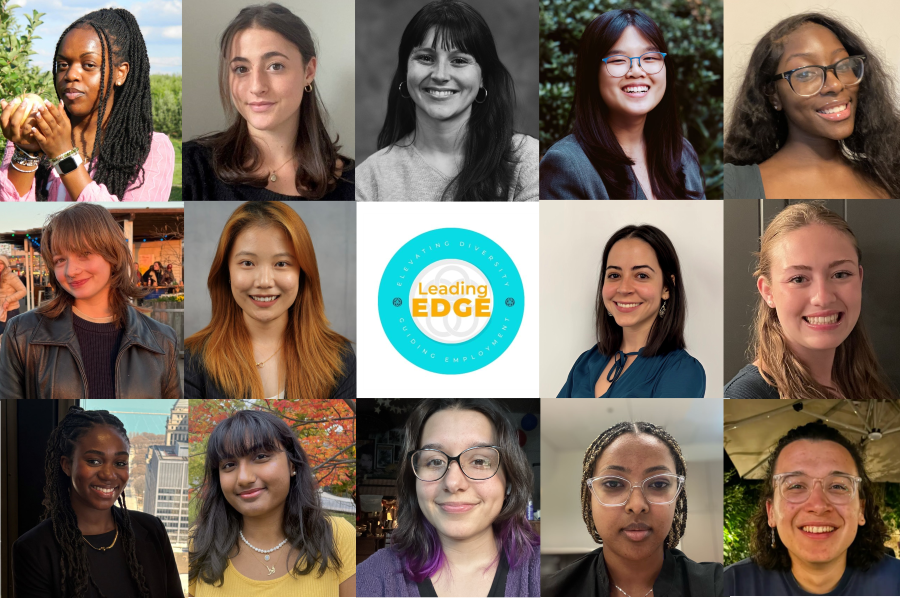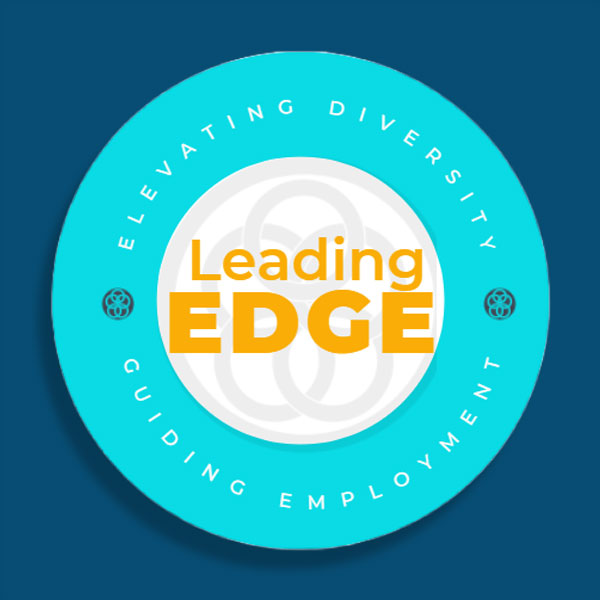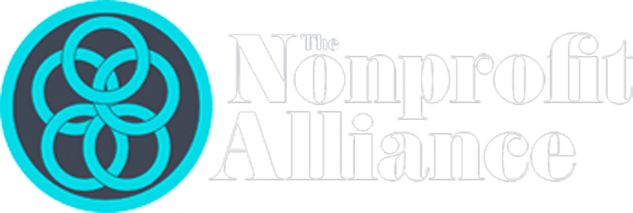Radical change is here to stay: Lean into it.
(First in a series.)
All of us who work in nonprofits are focused on metrics: Net revenue, key performance indicators (KPI), long-term value (LTV). With good reason. So much is at stake for the important causes we serve.
But we’re overlooking some key trends and metrics, and we do so at our peril. Today 16% of U.S. employees are actively disengaged and miserable at work; 51% are not engaged, they are just “there.” Disengaged employees cost organizations between $450-$550 billion per year. Perhaps most disturbing for the social good community, according to the Chronicle of Philanthropy, is the churn that disengagement breeds: 51% of fundraisers plan to leave their jobs by 2021.
Bureaucracy is broken, yes, even in social good organizations. We tend to focus on the urgency of our day-to-day work, and understandably so. There are animals to be rescued, diseases to be cured, children to be protected, hungry people to be fed, wildlife and habitat to be preserved, air and water to be cleaned. But if we do not adapt the way we work to repair the brokenness of the hierarchical structures that are holding us back and driving away our staff, we will not be able to fulfill our vital missions!
This issue goes beyond silos and to the very structure of our non-profits. Larger social good organizations often operate much like super-tankers. They have set a five-year strategic plan, but they can’t turn the ship quickly enough to allow innovation and collaboration to adjust course.
But there is hope on the horizon. A new wave of social innovation and entrepreneurship is inspiring daring thinkers in every corner of the world, along with the recognition that a fear-based, risk-averse culture, ironically, breeds the very things that it seeks to avoid: stagnancy and failure.
In response, daring new approaches are bubbling up around the world. Social entrepreneurs and social innovators are changing the landscape. These leaders rarely get the same recognition as high-profile entrepreneurs, but they can be every bit as effective.
Who are these changemakers? They are the ones who are deeply listening to the communities they serve, co-creating solutions and demonstrating the courage to try new things. They also are agile. They have the ability to act swiftly, measure results, learn what worked, what failed and what should change, and they are quick to integrate these learnings to continuously improve results and impact.
What’s exciting is that we are also seeing a growing number of intrepid “intrapreneurs” working to change established organizations from within. They are taking steps to create these types of environments within their own teams and departments. They are effecting a much-needed culture change by inspiring and spreading collaborative and innovative new ways of working throughout their organization.
The world is changing and those of us who work in social good organizations must welcome new ideas and integrate new ways of thinking if we want to keep growing and adapting to our shifting landscape. The concept of Liberating Structures, pioneered by Keith McCandless and Henri Lipmanowicz, is a great place to start. Ah, but how, you say? More on that in my next post!
Kyla Shawyer, Chief Transformation Consultant, DSIL Global; CEO Philanthropy and Fundraising North America, is a passionate advocate for sharing and collaboration in the social good space. After 14 years leading nonprofits, including Operation Smile, the Resource Alliance and the IFC global nonprofit community, Kyla has seen firsthand the magic and impact that can be created when we break down barriers and open our minds and our hearts to new ways of learning and working together.


